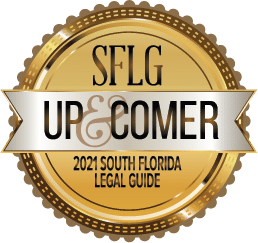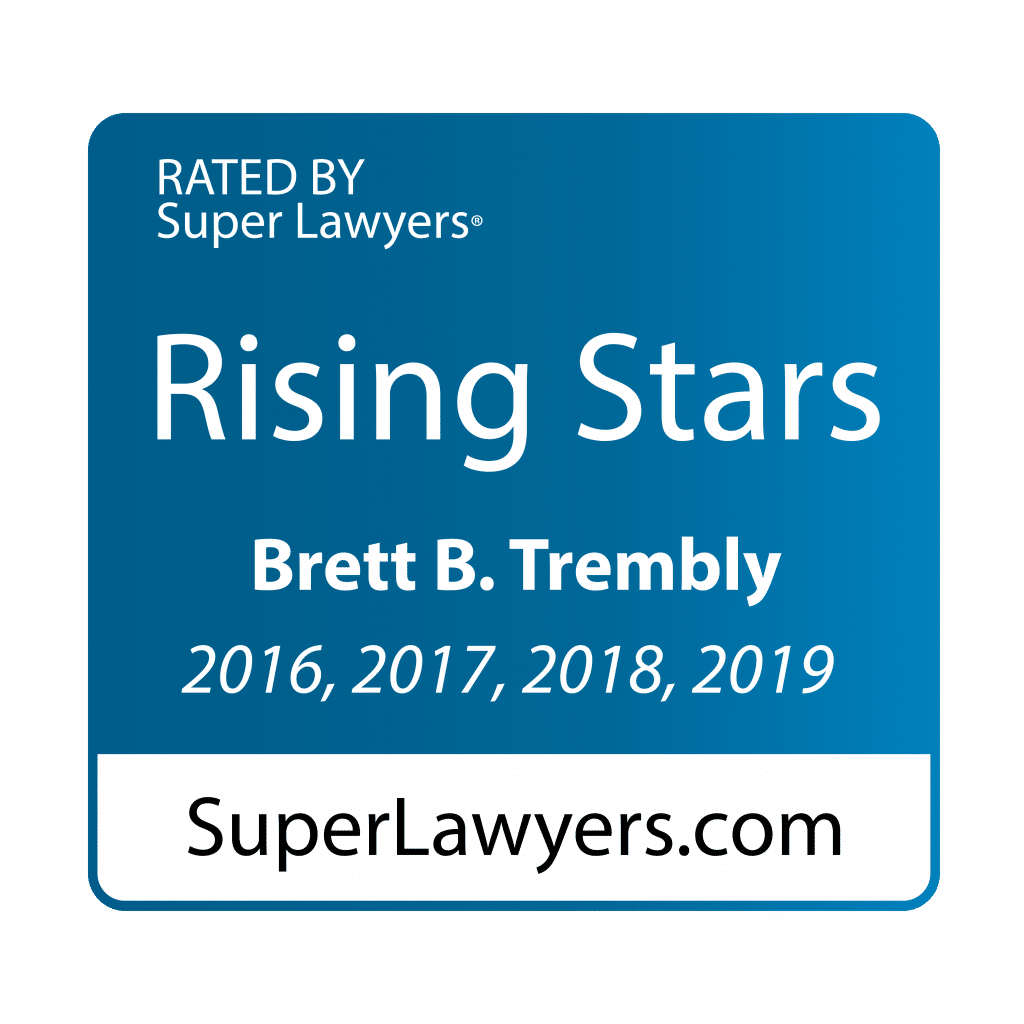Your business’ intellectual property is arguably its most valuable asset, and one of the most common forms is the trademark. In general, a trademark is any symbol, word, mark, or design that is used by companies to assign an identity to their business. Think of the Nike swoosh or McDonalds’ golden arches. The idea of a trademark is to distinguish your business and bring recognition to your product or service from the moment it’s seen or heard by a customer. It’s for these reasons that every business must make sure to protect their marks to not only prevent another from claiming it but to also uphold your brand’s integrity.
Although the overall process is fairly straightforward, it’s important that you take it very seriously and work with an experienced trademark attorney to make sure you get it right the first time. Registered marks are afforded legal protection against others who might try to steal it or infringe upon your product with counterfeit goods. Additionally, there might be different things you have to worry about at both the state and federal level, so we’ll do our best to keep this brief. Let’s begin.
1. Obtain a trademark attorney
Although the process may not seem attorney-worthy since anyone can register a mark with the United States Patent and Trademark Office (USPTO), it’s important to make sure that you do consult with an experienced trademark attorney. This is because there are many issues that can pop up that will affect the validity and strength of your mark, and it might be difficult for you to catch every issue, particularly if this is the first mark you have attempted to register.
2. Identify your mark(s)
The first official step in any trademark registration is to make sure you have finalized your mark and clearly identified it as your brand’s identifier. It’s important that the mark you choose to register is the one you want to stick with. Once you have decided on a mark, you then will have to determine whether it can be registered. In order to qualify for registration with the USPTO, a mark must be 1) used in commerce and 2) distinctive or unique. Although these phrases may seem simple, they are actually fraught with legal concerns regarding just how unique or distinct your mark has to be, so make sure you discuss this with your attorney first.
3. Check around!
Before you actually go to file, it’s essential that you check whether the mark you intend to use is actually available and not in use by another company. Aside from obvious reasons, the USPTO will reject any mark that has a high “likelihood of confusion” with any other mark in its database. Searching for similar marks and making legal determinations as to whether yours will hold up is tricky, so follow your attorney’s guidance on this step.
4. Prepare your application(s)
After your mark is prepared and you’ve determined that its strength is sufficient, you’ll move on to actually preparing your application. The USPTO will prompt you to categorize your mark in one of two ways: 1) use in commerce (i.e. your business is already using the mark) or 2) intent to use (i.e. you haven’t used it yet but intend to in the future). After this is done, you and your attorney can follow the prompts on the USPTO’s electronic application process, gather the required documentation, and arrange for payment of any associated filing fees.
5. Submit your application
As you might have guessed, the final step is actually submitting your application. Check it over carefully with your attorney to make sure everything is how you want it. After you submit your application, the USPTO will review your application and make a determination to either approve or reject your trademark.
What about Florida?
Just like registering for a federal trademark with the USPTO, getting your mark protected in Florida gives an added layer of protection to your federal mark, such as a state notice to the public of your claim over the mark. The process closely mirrors that of the federal steps outlined above, but it has its own application form and is a separate process, so again it’s wise to work with an attorney to register your USPTO protected mark with the Florida Department of State Division of Corporations. If you are looking to register your business’ marks and need help with the process at either the state or federal le

















